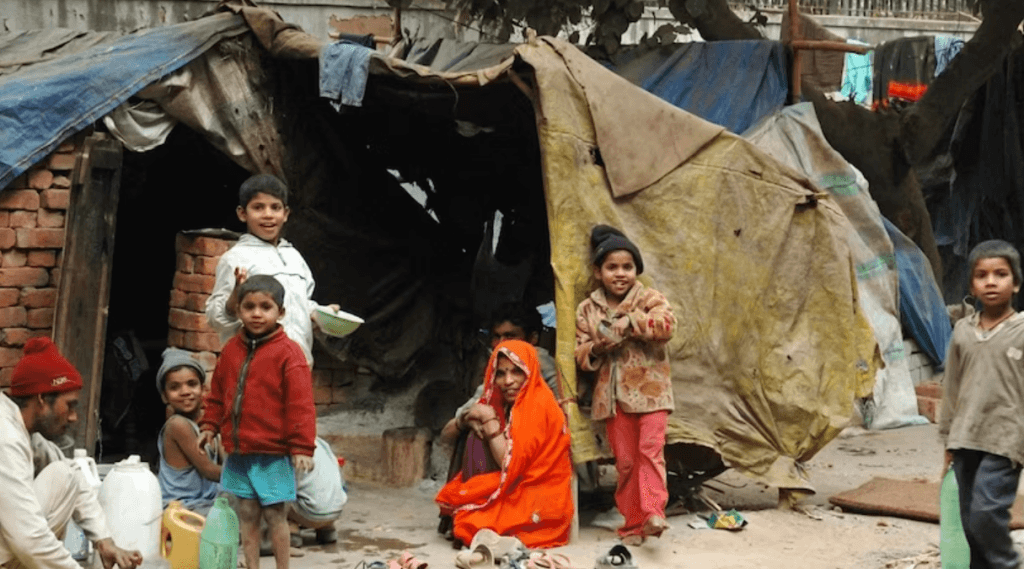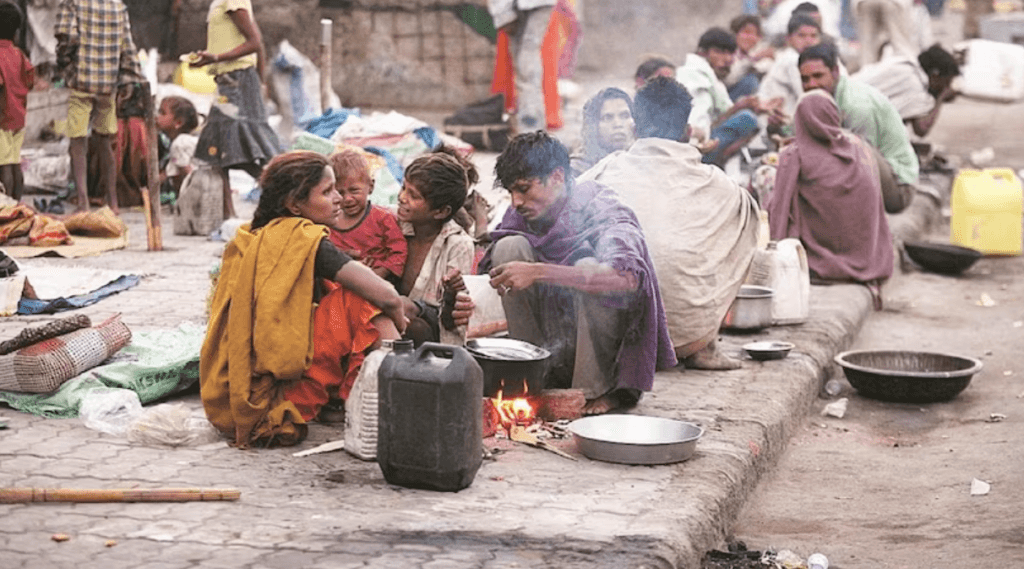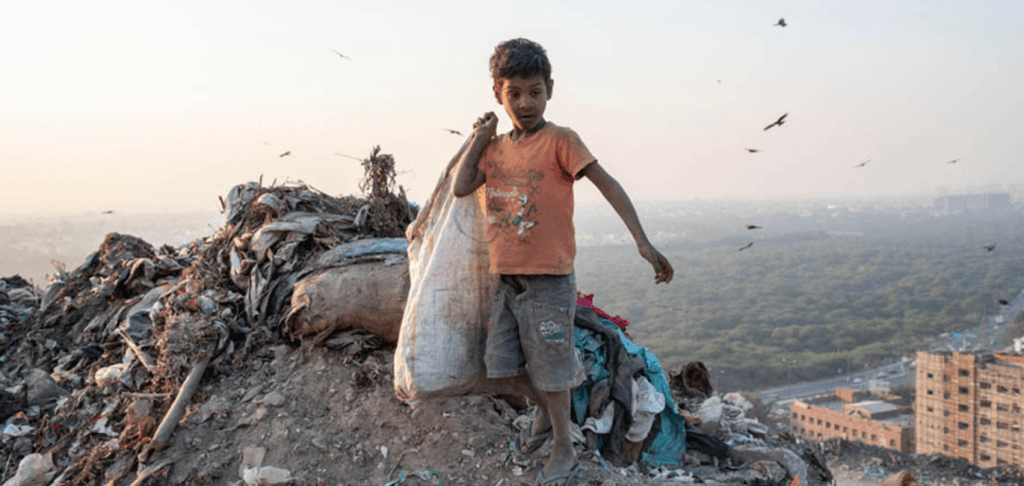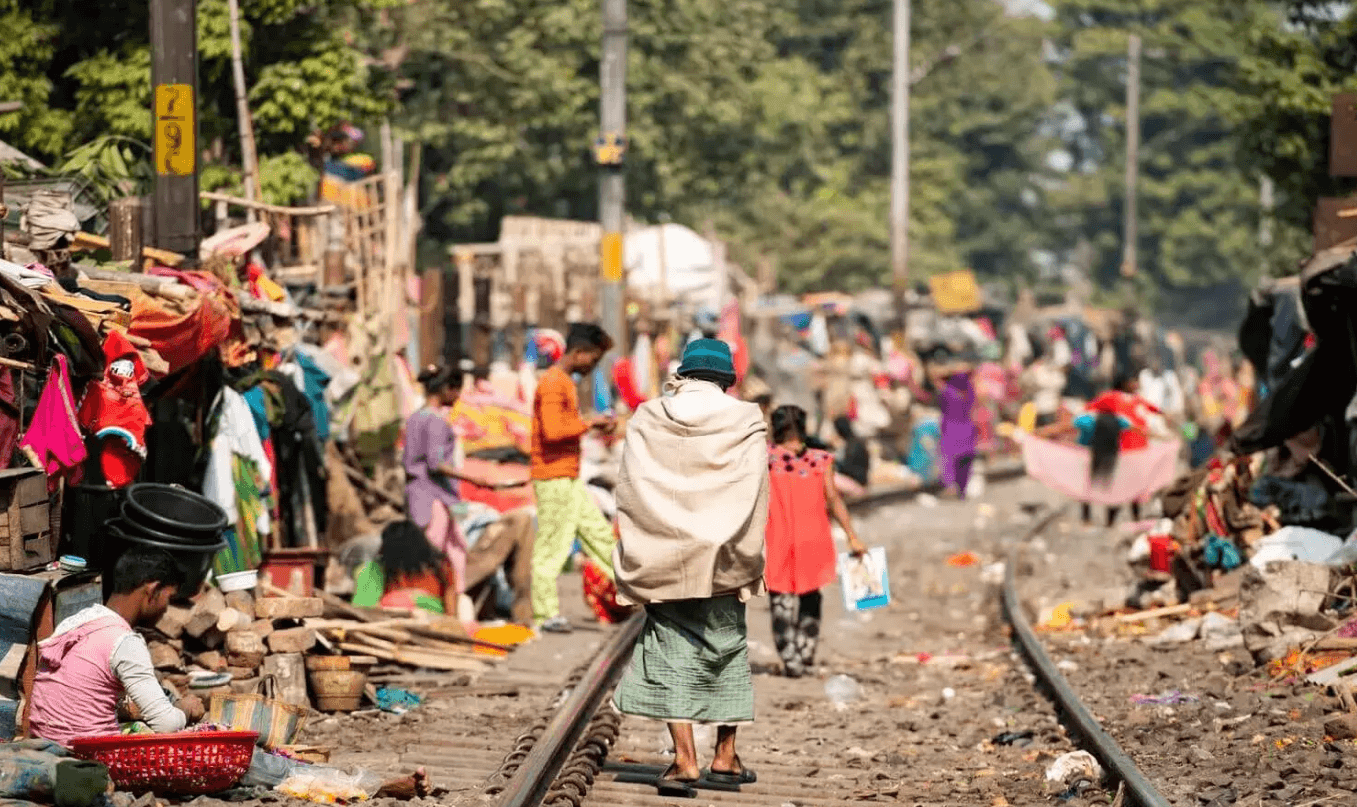The new United Nations Development Programme and the Oxford Poverty and Human Development Initiative’s report which estimated that India topped the list of countries with the highest incidence of poverty has put on the spotlight issues relating to the efficiency of policies spearheaded by the government and the socio-economic systems in the country.
According to poverty line estimates, there are 234 million people in India living in poverty, which constitutes nearly 21 per cent of the world’s acute poverty-stricken population of nearly 1.1 billion. This is a real picture that sharply differs from the discourses of economic growth and development, while also revealing interactions between policy outcomes, population characteristics, and other socio-economic factors as per Business Standard’s article.
The multidimensional poverty index: a broader perspective
Poverty is defined beyond the income levels in this UN report using a measure known as the MPI or the Multidimensional Poverty Index. At this level, deprivation is not defined in absolute terms; health, education and living standard factors are included hence giving more definition to poverty. The MPI further states that more than 83 per cent of poor people live in rural regions where the availability of basic needs is restricted.

The UN Report reveals that 1.1 billion people across the world experience acute multidimensional poverty where over half of them are below the age of 18 years. In India specifically, the MPI reveals that many individuals lack necessities: 828 million people have no access to improved sanitation; 886 million people have substandard housing; and 998 million people have no access to clean cooking fuel. These statistics all point towards the fact that poverty not only is an economic problem but it is much more complex than that.
To put India’s situation into perspective, it is important to look at these statistics about poverty trends around the world. According to the UN’s MPI, other nations with high poverty include Pakistan (93 million), Ethiopia (86 million), Nigeria (74 million), and the Democratic Republic of the Congo (66 million). Combined, these five countries are home to nearly half of the world’s poor. This comparison brings out a global problem poverty persists in the world despite economic development.
Further, the UN Report shows that as much as 40 per cent of people in acute poverty live in conflict areas. India is not a war-ravaged country like some of the others on this list but socio-political instability and disparities have ensured that poverty levels remain endemic. MPI testimony shows that the concept of poverty extended beyond earned income; MPI’s multiple indicators established that millions of people in India are indeed poor.
The role of conflict and instability
The UN report highlights a troubling trend: conflict and instability affected countries comprising nearly half of the world’s poor. India is not even considered a war-affected country as some others on this list are, however, social politics could further exacerbate rage and limit development. The report also reveals that overall, poverty levels in nations under war stand at 34.8 per cent while for non-war countries, it’s a mere 10.9 per cent.

Such a link between conflict and poverty shows that there should be multiple approaches that deal with both emergency and permanent processes. According to Achim Steiner, the UNDP Administrator, it is now high time for the world to increase the rate at which they assist the people living in extreme poverty thanks to the violence and instability affecting their sources of income.
The urban poverty challenge
In as much as there is potential growth and development in poverty reduction, urbanisation has implications in India. In its recent political statement, the government proposed a pilot program for urban poverty reduction focusing on employees in the informal sector, which does not have stable working conditions and social security—construction employees, members of ride-sharing platforms, etc. This initiative shows that there is an acknowledgement that urbanisation can present benefits if well harnessed.
However, poverty continues to be a major problem in urban areas. It is stated in the UN report that 65 to 83 per cent of the world’s poor are living in rural areas and predominantly rural poverty rates are higher than the rates in urban centres.
Nevertheless, there is also evidenced growing inequalities in cities because people migrate there in search of more employment opportunities. However, the main problem is to provide equal access for all population sections to the opportunities that urbanisation brings.
Government action and how effective is it
Due to these challenges, the Indian government has come up with the following measures to tackle poverty relief: the Awas Yojana (housing for all) and the MGNREGA is claiming to have brought millions out of poverty. Government intervention in the selected areas thus helped save about 24.82 crore (248 million) people from multidimensional poverty between the 2013-14 and 2022-23, as per NITI Aayog estimates.

However, such statements are followed by questions about the effectiveness of the implementation and dissemination of such measures. Opponents have claimed that, while these initiatives work well in individual districts, they often ignore such problems as people’s unemployment and poor quality of education and medical care. Additionally, majority of the beneficiaries still have ordeal in terms of vulnerability in issues to do with their sustainable livelihoods.
The World Bank has recently published a report on how poverty and prosperity is titled; Poverty, Prosperity, and Planet. It highlights that defining the poverty line significantly impacts statistics: at $2.15, people experiencing extreme poverty is less from 431 million in 1990 to 129 million in current year. It notes that though the global extreme poverty rate declined to 8.5 percent in 2024, recovery is still unequal especially in the poorest countries where poverty is above the pre-COVID levels. Splash is used to denote the ‘polycrisis,’: slow growth and climate risks as a set of challenges that make up development.
However, if one considers $6.85 as a poverty line the number of people that got below this line increases which indicates that despite such progress many are still in a state of joblessness and economic misery. This is the reason why the report underscoring the idea of sustainable development and fair development can be effective in combating these differences. The conclusions refer to the need for specific policies that take economic development and environmental impacts into account, so that global collaboration toward sustainable and equitable development is promoted
The statistics provided by the UN on poverty in India highlight a rather embarrassing fact: it is possible to grow economically while remaining socially poor. Although there are ongoing encouraging attempts to cut poverty rates, high numbers of people living in acute deprivation require reconsideration of the undertaken approaches and theories. Increased synergy or partnership between different parties in government, NGOs, and civil society can seek to develop better solutions for poverty interventions that will ensure that in addressing poverty needs, sustainable long-term/temporary interventions that can facilitate poverty eradication are expounded.
In summation, as India faces this problem, one must come up with a positive economic transformation success story coupled with the details of millions of poor county residents who continue to live in abject poverty. Testing the method at the focus schools means that the challenge does not only lie in established statistic gains but also in prevailing positive changes in learners most affected.
About the author(s)
Ainee Ilyas is a writer and researcher with a strong foundation in law and human rights, specializing in the intersections of gender, social justice, and public policy. Passionate about feminist thought, her work amplifies marginalized voices and challenges conventional narratives. With experience in editorial writing, policy analysis, and rights-based research.





